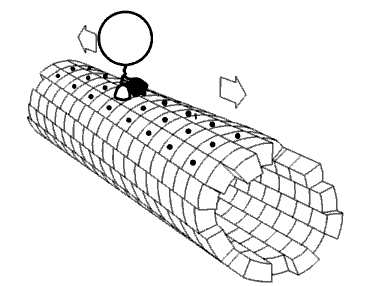
Photo from academic.microsoft.com
ABSTRACT This work examines the frequently accepted conjecture, due to Lowdin, regarding the potential interest of using Natural Orbitals (NOs; eigenfunctions of the mono-electronic density matrix) for the calculation of… Click to show full abstract
ABSTRACT This work examines the frequently accepted conjecture, due to Lowdin, regarding the potential interest of using Natural Orbitals (NOs; eigenfunctions of the mono-electronic density matrix) for the calculation of the correlation energy. These orbitals were supposed to insure the fastest convergence of the Configuration Interaction (CI) expansion. A detailed examination shows that the occupation numbers of the orbitals and the correlation energy corrections involving these orbitals do not present the same dependence to the two same ruling factors, namely (1) the interaction between the Hartree–Fock determinant and the doubly excited ones on one hand and (2) the corresponding excitation energy on the other hand. This divergent behaviour is illustrated in asymptotically gapless systems, such as regular one-dimensional chains or polyacenes. For a given number of active Molecular Orbitals (MOs), the Complete Active Space Self-Consistent Field (CASSCF) energy, especially when expressed in terms of localised MOs, is much lower energy than that obtained from the CI running on the same number of the most participating Natural MOs obtained from an accurate calculation. Indeed the NOs are much more delocalised than the CASSCF MOs. The difference between the CASSCF MOs and the NOs can already be observed in the atom and rationalised in terms of spatial extension.
Journal Title: Molecular Physics
Year Published: 2017
Link to full text (if available)
Share on Social Media: Sign Up to like & get
recommendations!